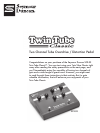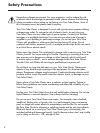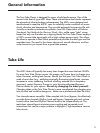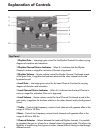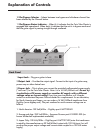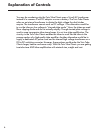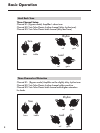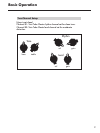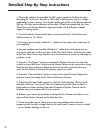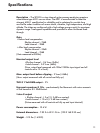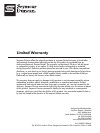
3
General Information
The Twin Tube Classic is designed for years of solid performance. One of the
secrets is the duet of type 6021 tubes. These sub-miniature dual triodes represent
the pinnacle of tube technology advancement. The 6021s were designed and
manufactured to meet the MIL-E-1 spec for reliability under conditions of severe
shock, vibration and temperature. They provide extremely long service life with
virtually no tendency towards microphonics (see USA Department of Defense
Standards, Test Methods for Electron Tubes). Also, unlike some “tube” stomp
boxes that only use the tubes as a clipping diode, the Twin Tube Classic employs
a 100% vacuum tube signal path with a high voltage power supply. This allows
the tubes to operate to their fullest potential and provides the most gain and the
smoothest tone. The result is the classic tube sound, smooth distortion, and low
order harmonics you expect from a great tube preamp.
Tube Life
The 6021 tubes will typically last many times longer than even the best 12AX7s.
For most Twin Tube Classic owners, this means youʼll never have to change your
tubes. However, nothing lasts forever. Should you find your Twin Tube Classic in
need of new tubes (e.g., exhibiting erratically fluctuating signal levels, spurious
increases in noise, sputtering, low-level whistling, extreme loss in frequency
response), contact Seymour Duncan or your favorite authorized Seymour
Duncan dealer for your options.
Do not try changing the tubes yourself.
Changing tubes on the Twin Tube Classic is more complicated than plugging pins
into a socket and could be dangerous. Make sure a professional does the work.
Two channels means versatility. When coupled with (true) bypass, this effectively
provides three channels: Rhythm, Lead and bypass. Separate gain and volume
controls allow Lead and Rhythm Channel levels to be independently set. The
meticulous internal layout minimizes cross coupling and unwanted circuit
interactions that can be a major problem in high-gain / high-impedance vacuum
tube circuits.



